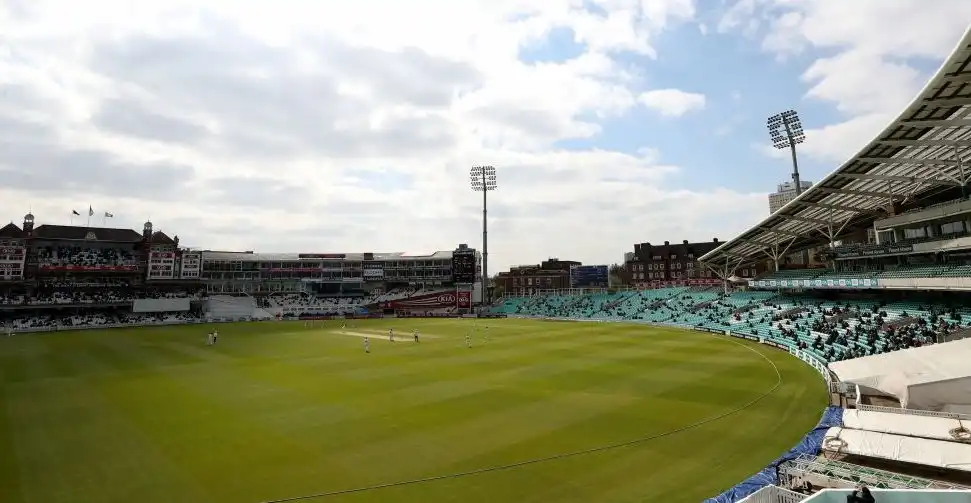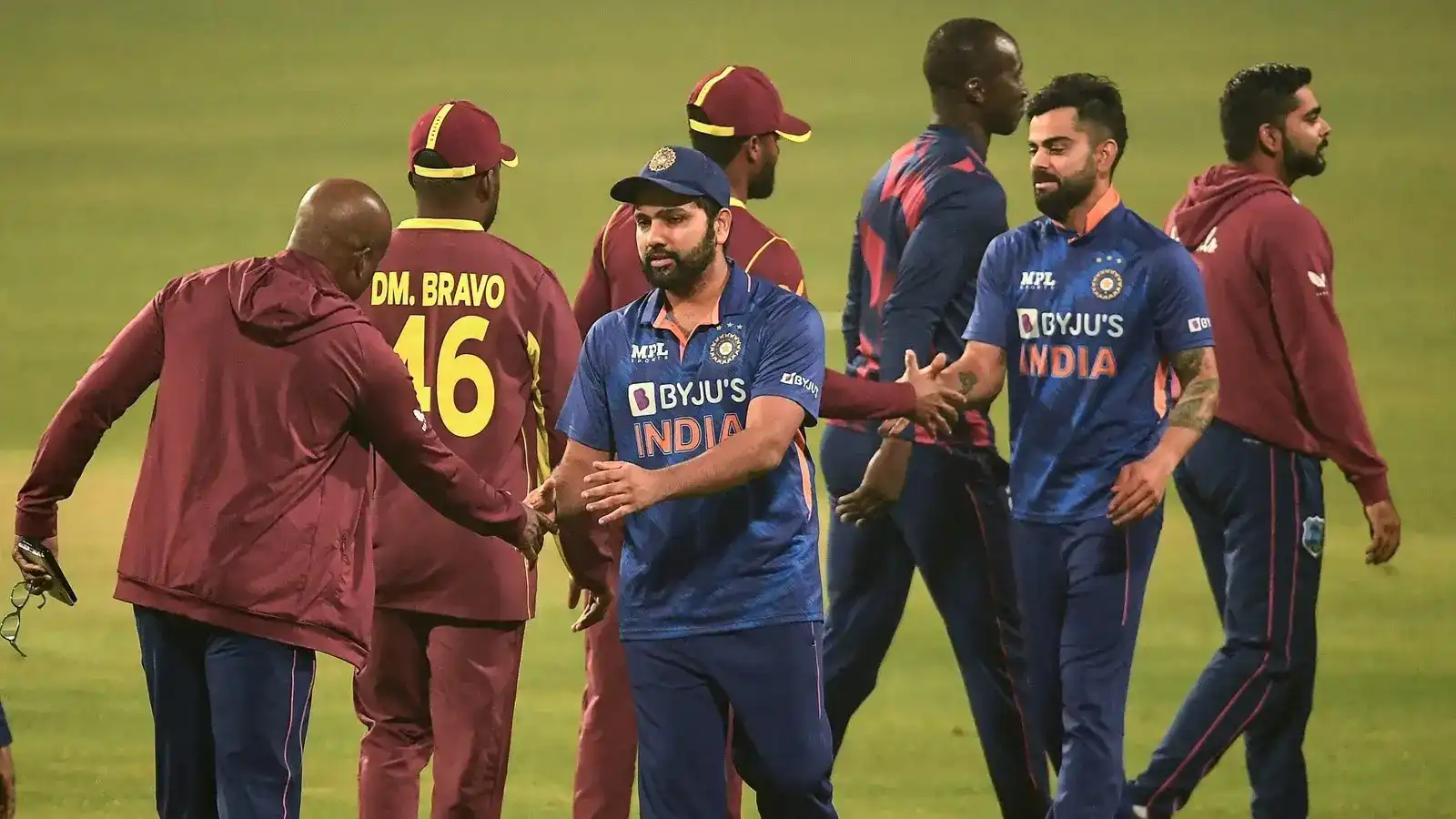 James Anderson has a strike rate of 171 in the Ashes 2023 (AP Photo)
James Anderson has a strike rate of 171 in the Ashes 2023 (AP Photo)
Cricket is just a profession for many individuals. They come, they play, and then they leave the field when the time arrives. However, only a few of them remain in every fan's mind by breaking barriers to set remarkable standards. Throughout their illustrious careers, the motto they utter—in Andy Dufresne’s words—remains ‘get busy living or get busy dying’.
James Anderson is one such shining example. A fast bowler representing 182 Test matches is not a joke, and it takes immense hard work and dedication to keep himself fit and available all the time.
Anderson has put in the hard yards, and, in the process, has enjoyed an astonishing 689 Test wickets at an impressive strike rate of 56.57. No wonder his stupendous numbers have helped him boast of being the highest wicket-taker of all time among fast bowlers and the third-highest behind Muthiah Muralidharan (800 wickets at 55.04) and Shane Warne (708 wickets at 57.49).
Therefore, it would be tough to disagree with Ben Stokes, who termed Anderson the "greatest fast bowler to play the game" just before the fifth and final Ashes Test at The Oval.
James Anderson's torrid numbers versus Australia over the years
However, despite being so consistent in the latter half of his distinguished career, Anderson's performances take a surprise U-turn against his arch-rivals Australia. Since the Ashes 2015 at home, in which he averaged 27.50 after taking ten wickets at a strike rate of 52.20, he has been, to say the least, significantly poor. He finished with a strike rate of 78.88 in Australia in the 2017 tour, having picked up 17 wickets across all five matches before being ruled out of the entire Ashes 2019 just after bowling four overs in the series opener due to a calf injury.
Expectations were high for Anderson to deliver in the following Ashes season, mainly because he was at his absolute best in 2020, having snared 23 wickets in six matches at 51.6. However, all he brought to the series in Australia, in which they were humiliated with a 0-4 scoreline, was another disappointing show. Anderson’s strike rate read 78, with eight wickets under his belt, which, compared to his standards, was remarkably low.
However, the situation was different ahead of the Ashes 2023. England were no longer a limited-overs colossus, as the ‘Bazball’ turned everyone’s heads with the influence of Brendon McCullum and Ben Stokes. After a few depressing years under Joe Root’s leadership, England seemed like a different beast altogether in red-ball cricket, having won 11 and lost just two of the first 13 Tests during the McCullum-Stokes era.
But the challenges, barring the South Africa and New Zealand outings, were comparatively easy, and their ultra-aggressive approach were about to be tested against Pat Cummins-led red-hot Australia, who were just crowned World Test Champions by registering a convincing victory against India in the final. Anderson had one job: lead the pack and trouble the opposition.
 James Anderson was dropped from the 3rd Test (AP Photo)
James Anderson was dropped from the 3rd Test (AP Photo)
To stun everyone, what Anderson produced in the first two Tests were extremely upsetting. The 41-year-young returned figures of 1/53 and 0/56 in the series opener in Birmingham and followed it with 1/56 and 1/64 at Lord’s. England lost both of the encounters in a nail-biting manner, and Anderson had only himself to blame for not providing adequate support to his teammates.
He was dropped from the Headingley Test, which England won by three wickets, but Stokes regained his faith in him by bringing him back to Manchester. Once again, he had ample chances to shine, but all he claimed were 1/60 in 0/30 across two innings, taking the strike rate to 72 against the Kangaroos after 38 Tests, scalping 116 wickets. His strike rate 171 is currently the worst on either side of the series, showing how non-dangerous he has been since the beginning of the much-anticipated rivalry.
To give the readers some perspective, Anderson's second-worst strike rate was against South Africa, which is still 62 (103 wickets in 29 Tests), while his strike rate against India (55 in 35 Tests), New Zealand (50.04 in 20 Tests), Pakistan (49.3 in 20 Tests), and Sri Lanka (49.6 in 14 Tests) has been extraordinary.
One can understand why the greatest players receive backing whenever they are going through prolonged lean patches. However, when it comes to playing against particular opposition, and his continuous woes over the years can be visible, teams do take tough calls.
Yes, he might be playing his last Tests at home against the arch-rivals, but sentiments should be kept aside when the stakes are high. And England just missed the trick or was not too brave to bench him after the first lackluster show. Who knows, the move might have created a different situation altogether instead of the dead rubber at The Oval.






